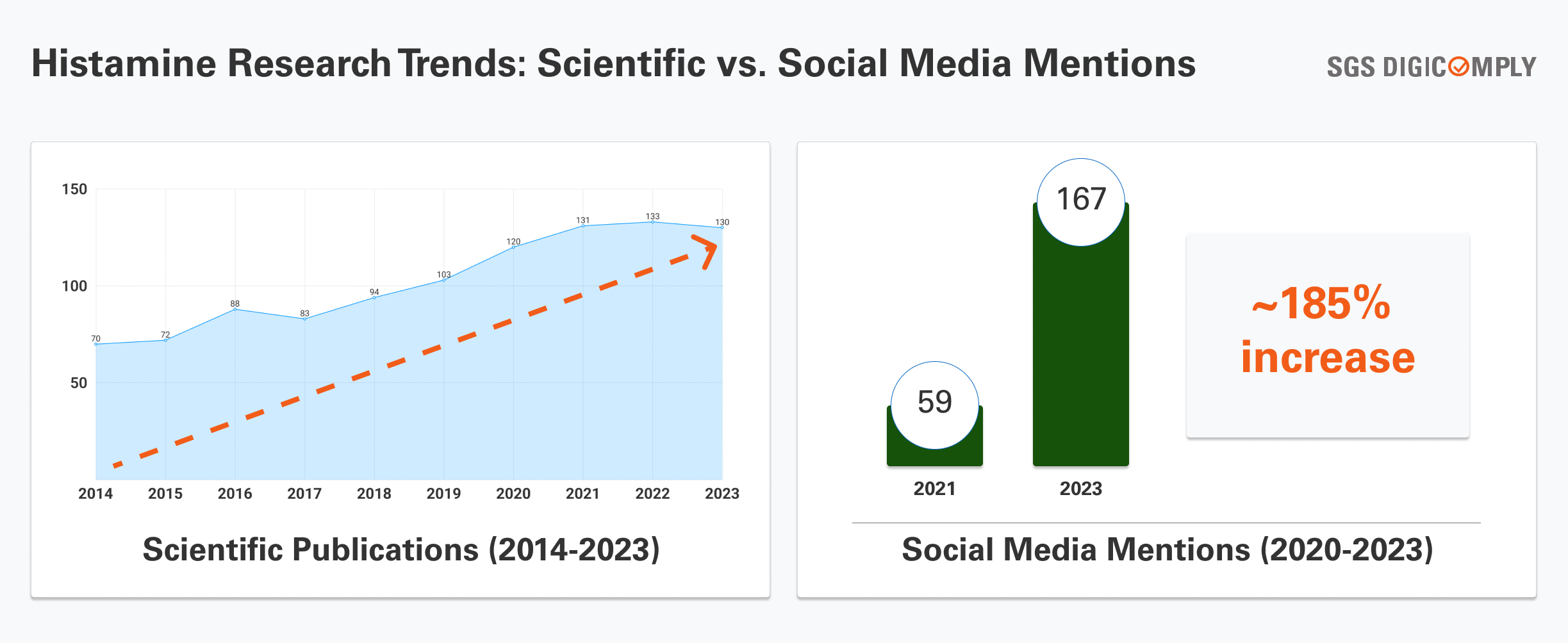Fish food poisoning, particularly caused by the presence of histamine in red-fleshed fish, is a significant concern affecting food safety worldwide. Histamine poisoning, also known as scombroid poisoning or histamine fish poisoning (HFP), results from the accumulation of histamine in improperly stored fish. This scientific review aims to explore the sources, effects, and mitigation strategies related to histamine risks in fish, primarily focusing on red-fleshed varieties.
Understanding Histamine Poisoning: Sources and Causes
Histamine, a biogenic amine, is generated through the action of bacteria on the amino acid histidine in fish flesh, particularly prevalent in species like swordfish, yellowfin tuna, mackerel, sardines, and bonito, especially when processed into dried or salted fish products. Unlike white-fleshed fish like cod, these varieties contain higher levels of histidine, predisposing them to histamine production.
Symptoms and Impact on Health
Histamine poisoning manifests through symptoms such as headaches, palpitations, skin itching, and hives (urticaria) shortly after consuming contaminated fish. Additionally, individuals may experience a tingling sensation in the lips or tongue upon ingestion. While most cases are mild and resolve within hours, severe instances can occur, though fatalities are extremely rare. The delayed recognition of symptoms often leads to underreporting, contributing to its relatively lower public awareness compared to other foodborne illnesses.
Risk Mitigation and Prevention Strategies
Proper handling and refrigeration of fish are critical to prevent histamine formation. Refrigeration at temperatures below 10 degrees Celsius inhibits bacterial growth, minimizing histamine accumulation. Rapidly chilling freshly caught or purchased fish is essential to impede histamine production. Thawing frozen fish in the refrigerator rather than at room temperature also aids in controlling bacterial growth and subsequent histamine formation.
SGS Digicomply Insights: Challenges in Detection and Public Awareness
One of the significant challenges in mitigating histamine poisoning lies in its inconspicuous nature. Unlike other foodborne illnesses, histamine-contaminated fish typically exhibit no discernible odor or appearance changes, making it difficult for consumers to detect contamination before consumption. Moreover, its symptomatology, often resembling allergic reactions, further complicates prompt recognition and reporting.

However, there is good news: this issue is under scrutiny by scientists, and according to analytical software SGS Digicomply, the trend of scientific publications on Histamine is consistently rising. Furthermore, the public interest in resolving this issue is evident, as indicated by a sharp increase in histamine-related incidents mentioned across social media platforms (an increase of 182% over the past 3 years). Explore SGS Digicomply platform now.
ConcluSION
Although advancements in refrigeration technology and increased awareness have reduced the incidence of histamine poisoning, it remains a persistent threat to food safety, particularly in institutional settings like schools and daycare centers. Enhancing public knowledge, reinforcing proper fish handling practices, and promoting stringent refrigeration protocols are pivotal in minimizing histamine-related risks and ensuring safer consumption of red-fleshed fish.





.webp?width=1644&height=1254&name=Food%20Safety%20Dashboard%201%20(1).webp)
